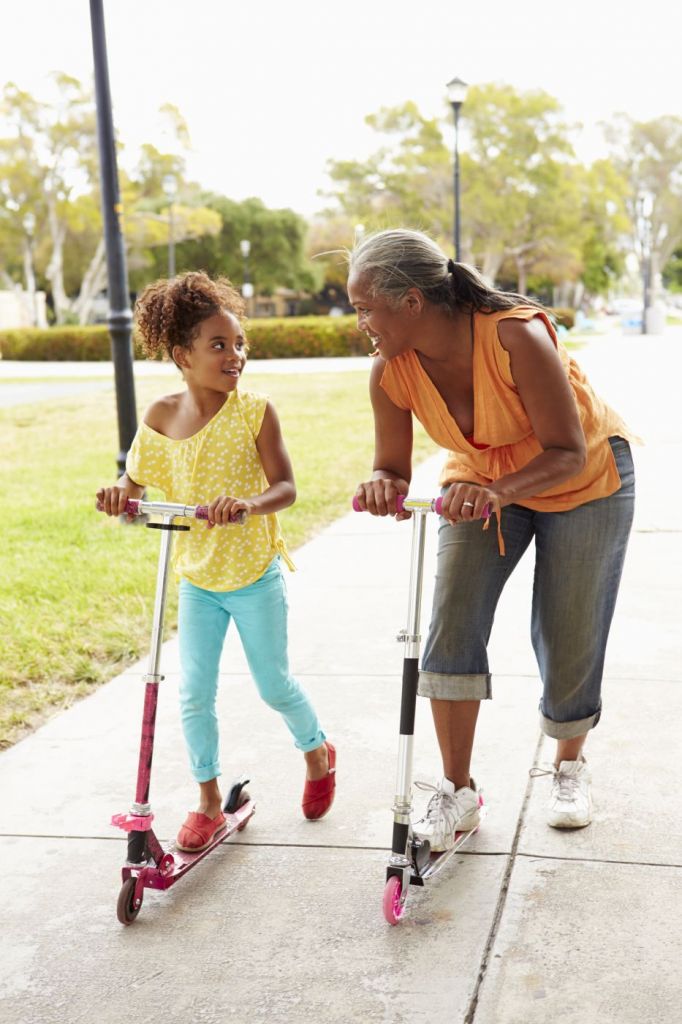For many people who lead sedentary lives, finding successful ways to incorporate exercise into their days can be difficult for a variety of reasons. But whatever the challenge, there is a strategy to overcome it.
For those who have had long-standing pain, it can be extremely difficult and frustrating to find success with movement.
Did you know that physical therapy is one of the most effective ways to decrease pain, improve function, and help people achieve their optimal movement and activity levels? Our physical therapists will use their evaluation and clinical reasoning skills to develop an individualized treatment plan designed to get you to your goal in the shortest time possible.
We offer comprehensive, expert treatment for a variety of neck and back problems, which are often the culprit behind a sedentary lifestyle. Because no two patients are the same, each patient’s specific treatment plan may include manual therapy, therapeutic exercises and education – specifically regarding body mechanics and ergonomics.
Let’s look some of the common challenges we hear from patients.



Chances are at least one of these statements resonates with you at least some of the time. While each of the challenges expressed above are valid, each also can be faced head-on with simple strategies designed to help everyone leave their sedentary lives behind and get moving. Let’s examine each of them and consider a few proposed strategies you could incorporate today.
“Some days I can move around just fine so I take advantage of that, but then the next day I can barely do anything.”
This is something that many people struggle with. Whether it is doing yard work, playing with kids or grandkids, exercising at the gym, or simply running errands, our aspirations sometimes exceed our current capabilities. This is commonly referred to as a “boom and bust.” This pattern of “booming and busting” can be frustrating and difficult to break, especially in the moment when you are in pain and struggling to develop a strategy to combat it.
A good place to start is being mindful of when these circumstances arise and understanding that even when things are feeling great, perhaps it would be best to shoot for smaller goals each day rather than trying to do all the work in one day. In this manner you can break the boom and bust cycle.

To get more specific, utilizing a 0-10 scale for exertion (0=resting comfortably, 10=climbing Mt. Everest) is often the best way to start monitoring how much work you should be doing and understanding when to take rest breaks. Generally, people get consistent success by working throughout the day within the range of 1-6/10. Using this as a guideline, that would mean that if you are beginning to dip your toe into that 7/10, it is perhaps a good time to take a rest break until you are able to proceed within the provided range.

The neat thing about using this exertional scale is that over time, you find that you are able to do more while living within this range. This knowledge is very valuable and worth practicing daily, especially if you felt that the above quote resonated with you.
“I just can’t stick with it (exercise).”
Sticking with an exercise program can be difficult for a variety of different reasons, and it can be very discouraging when the plan you set out to accomplish just doesn’t work out. Sometimes the best way to approach this is by taking a step back and considering your overall goal.
A “SMART” goal is a framework that you can utilize to reflect on your goals while setting yourself up for successfully reaching them. SMART is an acronym for Specific, Measurable, Attainable, Relevant, and Time based. An example of a non-SMART goal might be: “I want to be able to walk around more.” The SMART goal version of this would be something like this: “In 6 weeks, I will be able to walk around the block 5 times without needing to rest.” For some people, structuring your aspirations in this format can make all the difference. Give it a try.
But perhaps the structuring of a SMART goal just isn’t something you’re up for trying yet. An alternative plan might just involve a shift in mindset to something along the lines of selecting an action to accomplish each day. This mindset is quite different from what is often portrayed in exercise magazines because it is not the quick fix, it is the permanent fix.
The actions should be things you know you can do with low-moderate difficulty. Also, keep it simple at first! We know that small, positive actions add up over time and if you stay committed to that action, you will experience change.
Here are some examples:
– standing up every hour of the day that you are awake
– walking your dog every day before breakfast
– dancing for 5 minutes each day
On this journey, we are seeking to add up as many small victories as we can, because that can add up to BIG changes over time.

“I know I should exercise, but going to the gym is not for me. Not my scene.”
Whether it’s the cost of a gym membership, feeling intimidated by the gym equipment, or simply the nature of the gym environment, working out at a gym is just not for everybody. The good news is that there are so many other great options to get physical activity. Below are a 5 different ideas that don’t require a gym and offer a fun way to pass the time while being physically active.
- Fitness Trackers These are very helpful to monitor activity and track changes over time. More specifically, you can use the numbers provided by these devices to help guide your decisions as you partake in physical activity. From movement watches to phone apps that track steps, the options for movement trackers abound.
- Online Videos Whether an expert or beginner, the use of YouTube and other online video sites is a great resource for you to explore new types of exercise. From yoga or Pilates to HIIT workouts (high-intensity interval training) or boxing to resistance or strength training, there is something out there for everybody and it can be done in the comforts of your own home, and equipment is optional.
- Local Swimming Pools An aquatic environment offers decreased stress on the joints and can be a fantastic way to start living a more active lifestyle. It can allow for a better tolerance of exercise without the challenges that sometimes exist with joint pain. Furthermore, local pools are often affordable and offer payment plans if you are on a tight budget. From learning and practicing various swimming strokes during free swim or lap swim to participating in water aerobics classes, pool exercises are designed to increase your fitness levels in a low-stress environment.
- Recreational Sports Rec sports have been, and always will be, a great way to pass the time while being active. If you are a competitive person, then being in an environment where you can work with and against others can help make physical activity fun. There are so many options, with various intensities, to help get you moving. Have you ever tried petanque or bocce ball? How about pickleball or tennis? A pick-up game of basketball or volleyball? Your local parks and recreation center is a great place to start your search for your next active adventure.
- Community Walking, Jogging and Hiking Groups Having others willing to join you on your journey toward a more active lifestyle can be invaluable. Sharing stories, discussing past struggles, and just talking about the happenings of everyday life is a great way to help pass the time while getting some exercise. You can search online or for a local group or sign up through your local parks and recreation center.
Explore the options outlined above and give them a try! Do what you feel a connection with. None of these ideas are mutually exclusive, so feel free to blend these concepts or adopt your own way of doing things as you continue your efforts to live a more active lifestyle. There are so many great opportunities out there, so keep exploring and get moving.
Start your journey to pain-free living today.
Our experts are committed to providing effective, efficient, and compassionate care to help you live a pain-free, active life. Our passion is to help every patient reach their goals on their journey to recovery and optimal performance.


